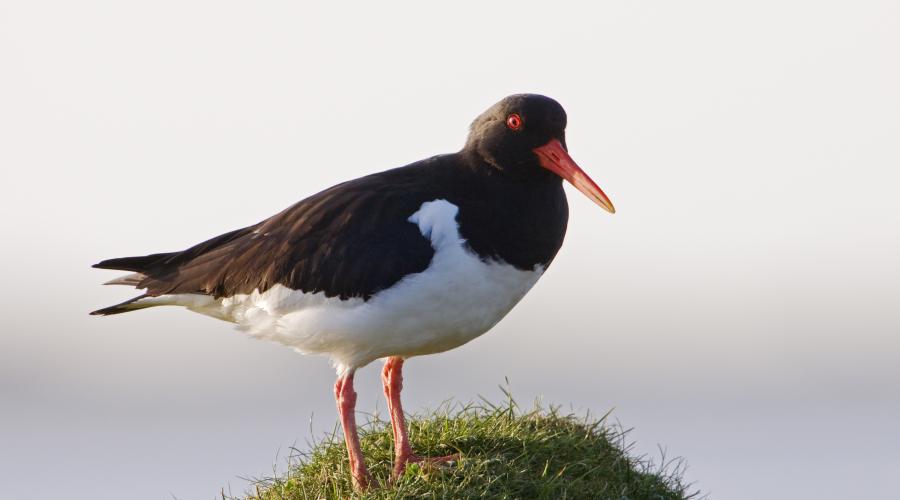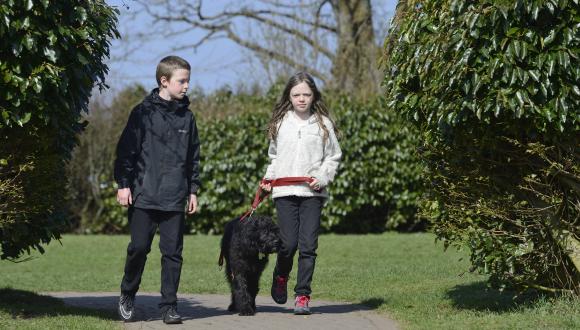
European sites
European sites – Special Areas of Conservation and Special Protection Areas – are designated under the Habitats Regulations.
Special Areas of Conservation and Special Protection Areas are sites of European importance: there is no change to the standard of protection as a result of EU Exit.
Scotland is home to many amazing plants, animals and birds – some rare, endangered or vulnerable. By caring for these and other species, we can play an important part in conserving the world’s biodiversity.
European sites represent the very best of Scotland’s nature and are internationally important for threatened habitats and species. These sites are ambitious in their aim, requiring more than just the avoidance of species extinctions and habitats loss. Instead the objective is for all species and habitats covered to contribute towards their favourable conservation status (FCS). All the UK’s statutory nature conservation bodies have a shared view on FCS more information on which can be found in a joint statement on the JNCC website.
European sites – Special Areas of Conservation (SACs) and Special Protection Areas (SPAs) – form a unique network of protected areas that stretches across the European Union. Prior to leaving the EU Scotland’s sites contributed to the Natura network. Now they form part of the Emerald Network, spanning Europe and into Africa.
European sites were originally designated under two of the most influential pieces of European legislation relating to nature conservation and continue to be designated under our own domestic law:
- The Conservation (Natural Habitats, &c.) Regulations 1994 (Current Scottish legislation)
- Habitats Directive and Birds Directive (EU legislation)
How the network came to be:
SACs were designated under the Habitats Directive for habitats and non-bird species. The Habitats Directive sets out how such European sites should be protected and has a number of wider implications such as those relating to European protected species.
The Birds Directive protects all wild birds and their nests, eggs and habitats within the European Union. SPAs are classified under the Birds Directive to protect birds that are rare or vulnerable in Europe as well as all migratory birds that are regular visitors.
The guidance within, and associated with, the Habitats and Birds Directive continues to inform how our European sites are managed.
The Habitats Regulations ensure that any plan or project that may damage a European site is assessed and can only go ahead if certain strict conditions are met. This process is known as the Habitats Regulations Appraisal.
The Habitats Regulations have been amended as a result of leaving the EU so that European sites are both protected, and continue to operate, as they have done since their original designation. The changes to the Regulations also mean that the requirements of the Directives continue to be relevant to the management of European sites.
NatureScot works with owners and occupiers of European sites to ensure that they are managed appropriately for the species and habitats for which they have been designated. Designation as a European site won’t automatically make a difference to how a site is managed though changes may be needed to protect its interests.
More information: Natura booklet






